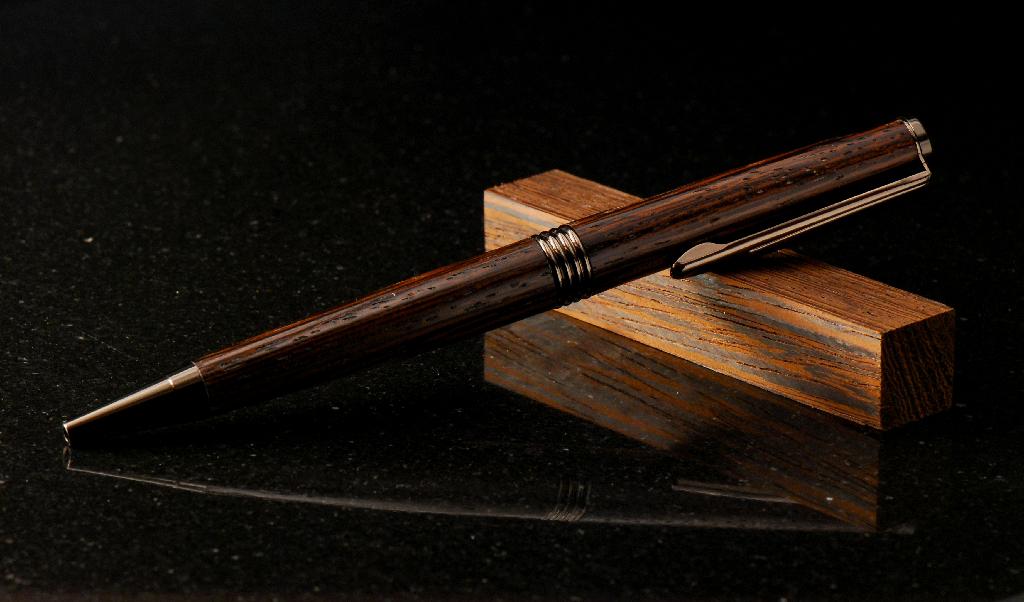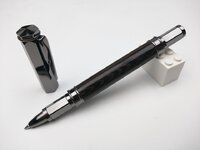kenlholley
Member
I found some Wenge with an outstanding grain pattern. I turned the blank down to size and sanded it to the size I wanted. That's when my problem started. I normally finish wit 15 - 20 coats of thin CA/Blo. I have not had an problems with this finish in a long time, then I haven't done Wenge in a long time. Even after all the ca coats, when I sanded with micro mesh I ended with white dots where the sanded ca filled little "pits". I have had the hardest time getting rid of those white dits.
How do you guys finish wenge? Any ideas or advice will be greatly appreciated.
Thanks.
How do you guys finish wenge? Any ideas or advice will be greatly appreciated.
Thanks.


